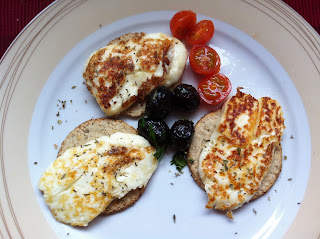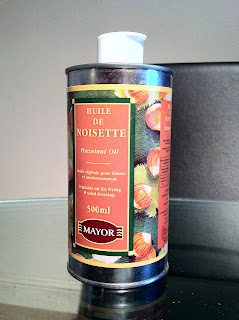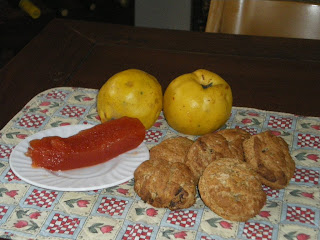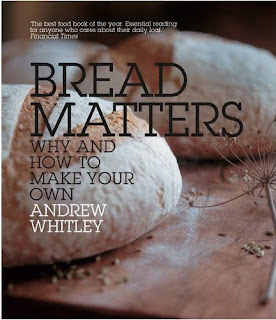I am down in Cork spending a few days with my friends Philippe and Gianmaria, who have hosted me in their house for new year . So I promised them to bake some bread for tonight dinner, new years eye dinner. I wanted to be safe so I chose the olives and garlic bread I made recently. One of the best breads I've ever baked. But there is another part of me that always want to try new things and be very creative (too much sometimes) so I normally change even my own recipes.




When I went to buy this morning the bread flour, I decide to buy as well some rye flour to give more flavour to the bread. Not a big risk. Then I went to the olive shop and my eyes went straight to some black moroccan olives, so I bought them instead the greek style ones. Not to bad so far. Finally, I remember that this cyprus bread is made as well with one of the most popular and famous food from this island: halloumi cheese. Why not? I though. So, I was literally paying for the cheese in the shop when just in front of me there was a nice tin of hazelnut oil and of course I couldn't resist the temptation of buying it and using it instead of olive oil. So the result was this:
700 g white wheat flour
100 g rye flour
2 tbs quick dry yeast
12 g salt
400 ml water
50 ml hazelnut oil
150 g moroccan black olives
100 g halloumi cheese
10 g fresh mint
1,5 tbs mince garlic paste
The dough was very difficult to knead, as it was very sticky and moist, even though you can see the water it's only 56%. I think the olives could added some water and the hazelnut oil made it sticky. So I had to knead and leave it rest a few times before I considered it was ready. Then two times of a hour and 15 min fermentation. The dough worked well and doubled it size both times. Here you can see it in the tray before putting in the oven:
I am using as Lidia the water in a tray in the oven instead of the spray: for me it's easier than open and close the oven a few times. 10 min with the tray with water at 240º C, then I took the tray and let the steam out of the oven, and another 35 min at 190º C. The bread didn't grown up a lot in the oven, but I think it was because it did it before. During the time it was in the oven, there was a lovely and strong smell in the house, mix of garlic, olives and hazelnuts. After that time, I left the bread inside of the oven off with the door open for a few minutes.
Dark color bread, not big alveolus but soft crumbs, I find the combination of all the flavors very interesting. Strong from the garlic (even a little bit spicy), salty from the halloumi and olives and refreshing from the mint. Looking forward to put something on the top or dip it in a sauce or just olive oil
I used only half of the halloumi cheese, so while making the bread, because it was lunch time and I was hungry, and I love this cheese, I sliced the rest and grilled, placed them on top of scottish oatcakes, herbs, tomatoes and olives. Halloumi is the perfect cheese to be grilled (maybe together with the argentinian provoleta) because it has a high melting point, and it is even better if you do it in a barbecue. It has a distinctive texture, similar to mozzarella and has a salty flavour.
An this the the bottle of the hazelnut oil:














